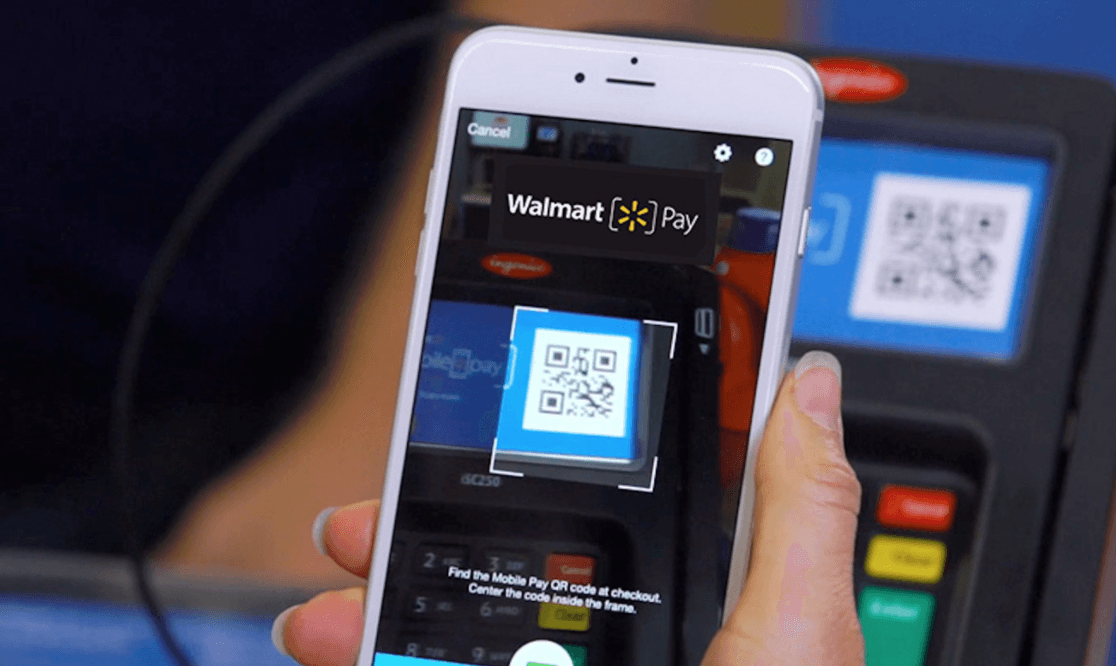


Curbside pickup and contactless handoff have surged around the world. Find out how retailers can evolve their contactless experiences to create contactless loyalty.
In the retail world, consumer behavior has drastically changed.
Brick-and-mortar stores have historically been an anchor for fostering strong customer relationships. Thanks to COVID-19 lockdowns and business closures, however, in-person interactions have been limited. People have been looking for new ways to shop and engage.
Digital technologies such as contactless payments, and techniques like using retail stores as fulfillment centers for deliveries, were once thought futuristic. The pandemic has made them commonplace, however. As these novelties become conventional, they also become rote. Brands need to find new solutions beyond email, media content, and Facebook to delight customers and helpmake these experiences stand out.
As the world becomes increasingly contactless, retailers must focus on new ways to building loyalty that complement their existing customer loyalty program. Competitive brands will optimize the proliferation of contactless experiences to build human connections and engender loyalty. Retail marketers should work to evolve from contactless experiences to contactless loyalty.
Contactless loyalty is the act of creating long-lasting connections with your customers and keeping them coming back to your brand—even when human contact is limited.
Think beyond short-term changes. Other brands are already using contact-free delivery, curbside pickup and contactless payments. But how do you add a human element to create stronger connections within those programs? Evolving your strategy will improve customer experiences and build brand affinity.
Walmart understands its consumers’ path to purchase and leverages contactless payments to streamline consumer experience and build loyalty. Instead of touching a screen on self-checkouts or payment processors, customers can scan a QR code using their mobile phone (smartphone) to sync the Walmart Pay app for contact-free in-store payments.

Contactless payments like this use one-time tokens for each transaction, which is the same type of protection you get when inserting your card into a chip reader. The process is faster than traditional payments, with the added activation security of PIN passwords, fingerprints, or facial recognition.
These initiatives address the customers’ emotional needs around choice, cleanliness, convenience, and safety.
On your journey toward creating contactless loyalty, here are some ideas to make strong, emotional connections with your retail customers:
Building contactless loyalty is an urgent priority for retailers, but it doesn’t have to be a huge dilemma. Using the steps above, retailers can easily go above and beyond their competitors, creating a contactless offering that promotes health and safety while retaining the all-important human touch.
Download our e-book on "Contactless loyalty: Building lasting connections in an increasingly contactless world" to learn more. We dive deeper into the concept of contactless loyalty, share more consumer trends, and explain more building blocks to create contactless loyalty.